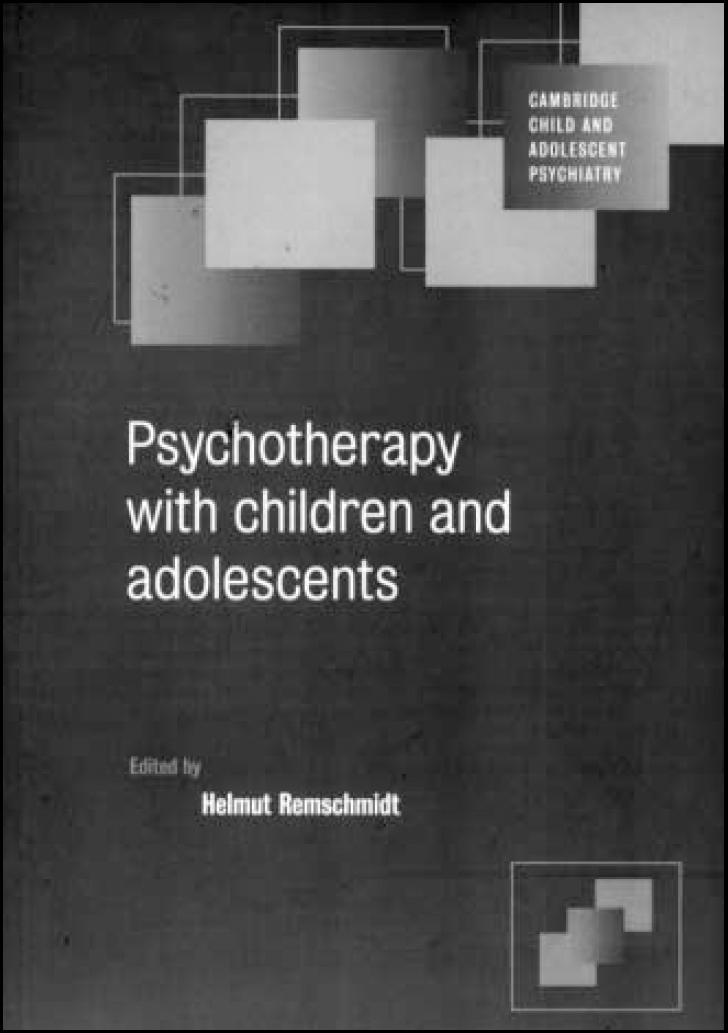
As Eric Taylor points out in his introduction to this book, no one has contributed more to child psychiatry than Michael Rutter. The sheer volume of his work is impressive — more than 30 books and 300 scientific papers. But what makes his work so important and influential is not its volume but two other features. The first is quality. He has produced an extraordinary number of classic original studies and reviews, many of which are still widely cited. The second is its breadth. Rutter's work has covered much of child psychiatry, ranging from landmark studies of the importance of psychosocial factors to some of the best research on genetics.
In this second volume of papers published to celebrate Michael Rutter's achievements, Taylor & Green had the unenviable task of choosing from among his many classic papers a selection that would demonstrate his huge contribution to child psychiatry. They have done a good job. The papers included here not only represent some of the best of his work but also its pervasiveness. Thus, the reader will find classic accounts of psychiatric interviewing techniques, large-scale epidemiological studies, state-of-the-art molecular genetic designs, longitudinal research and, of course, psychosocial risks. However, this book is not in any way a history of child psychiatry. Much of the material is of real relevance to current academic and clinical work and it deserves to be widely read.



eLetters
No eLetters have been published for this article.